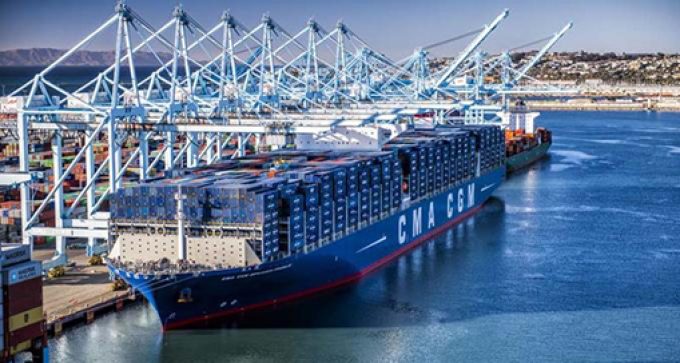Hapag 'took the bigger risk' when it signed up to Gemini, says Maersk
Hapag-Lloyd “took the bigger risk” in the partnership with Maersk in the Gemini Cooperation, according ...

Ocean carriers are pulling capacity from Chinese export routes and redeploying the ships to more robust tradelanes with growth potential.
Moreover, the weakness in the Chinese market is prompting more discussions on carrier slot swap agreements between rival alliances.
“Poor cargo demand in China and falling ocean spot freight rates have led to significant changes in global fleet deployment,” said Alphaliner.
The consultant said according to its data, more than 565,000 teu of capacity was withdrawn from Asia-North America and Asia-Europe trades last ...
Asia-USEC shippers to lose 42% capacity in a surge of blanked sailings
Why ROI is driving a shift to smart reefer containers
USTR fees will lead to 'complete destabilisation' of container shipping alliances
New USTR port fees threaten shipping and global supply chains, says Cosco
Outlook for container shipping 'more uncertain now than at the onset of Covid'
Transpac container service closures mount
DHL Express suspends non-de minimis B2C parcels to US consumers

Comment on this article